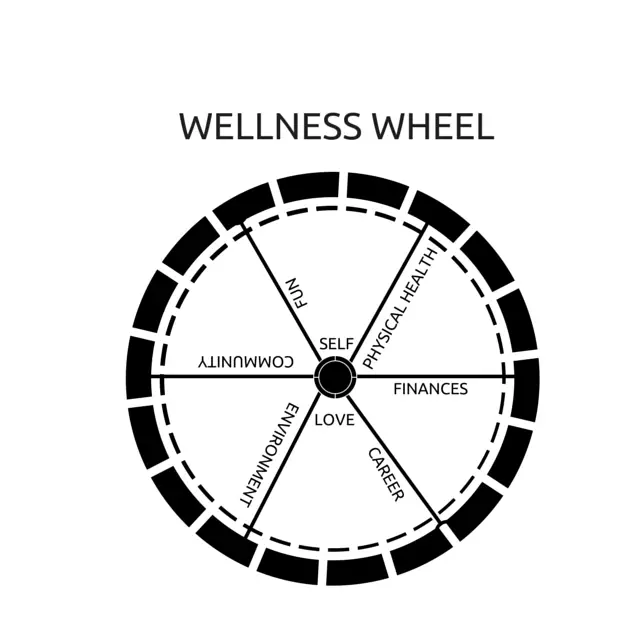Meditation has been around for centuries but in the last five years it’s grown in popularity particularly among young adults. Read the article below on meditation. It may be something you can introduce to your teen. A good way to teach about it is through yoga. Many yoga classes involved some meditation at the end. Teaching good habits to your teen now will help them as they move into adulthood. You may also want to share one of Kay Walker’s moodboosters (link below) with them. It’s a good introduction to guided meditation with music and they’ve been quite popular among teens.
Teach your teen to meditate
Meditation is a Buddhist derived practice that teaches you how to control and focus your thoughts, as well as, how you react in conjunction to what you think. During the meditative act you learn how to develop a state of attention that’s highly alert and relaxed. The ultimate goal is to learn the skill of objectivity. To “be with what is” in reality, with indifference to it.
 There are numerous types of meditation and each has specific guidelines. For example, Metta meditation involves focusing thoughts on compassion. Vipassana meditation is highly active and involves being completely aware of physical states (some painful and some not) and being non-reactive to what you feel. In general, all types fall into one of two categories:
There are numerous types of meditation and each has specific guidelines. For example, Metta meditation involves focusing thoughts on compassion. Vipassana meditation is highly active and involves being completely aware of physical states (some painful and some not) and being non-reactive to what you feel. In general, all types fall into one of two categories:
- Focused attention: involves focusing your attention on an object or subject during the whole meditation session. This object may be your breath, a mantra, a part of the body, an object, or a something you visualize such as a memory
- Open monitoring: keeping your attention open means monitoring all aspects of what you are experiencing and doing your best to be objective about it.
Meditation can be done while sitting but you can also actively meditate while walking or standing.
What does meditation do to your brain?
What scientific communities say about meditation:
Scientific studies prove that meditation has many benefits. It’s been known to reverse heart disease, pain, regulate emotion, reduce stress and increase the body’s immune system and its ability of prevent and fight disease.
When the brains of meditators and non-meditators are compared their are also common structural changes. Most meditators have higher levels of Alpha waves, which helps to lessen anxiety and depression. There amygdala (a brain region that regulates emotion) is smaller while areas of learning, memory, and emotion regulation are larger and function better.
- A 2014 study at Johns Hopkins found meditation to be as effective as antidepressants for treating depression.
- In a study conducted by Harvard Medical School, researchers used MRI technology (a form of brain imaging) that allowed them to view activity in the brain during meditation. Their findings showed that key brain regions activated was in charge of the autonomic nervous system, which regulates blood pressure and digestion. Those processes are intrinsically linked to stress response.
Benefits many people experience from meditation:
- less anger
- less stress
- better sleep
- fear reduction
- physical sensations linked to emotions are reduced
- better ability to socialize with other people (especially for people with social anxiety)
- improved focus
- improved attention and concentration
- greater objectivity during life situation
- increase patience
- feeling more joyful
- feeling more relaxed
- greater empathy
A quick and easy way to try mediation:
- Find a quiet space with no one around or distractions. Ensure the environment is dark and the temperature is comfortable for you.
- Sit or lay in a comfortable position. You can be on the ground, in a chair, or bed
- Set a 15 minute timer (you can increase the time as you get better)
- Once you start the timer for fifteen minutes you will practice sitting quietly and focusing on your breath. Breath in through your nose and out through your nose. Focus on feeling the sensation of your breath. Focus on the sensations you feel as your breath moves in an out of your nose. Do this for the entire 15 minutes. You will have thoughts during this time. Some will make sense and some won’t. When you have a though just allow yourself to think it and then practice setting it aside and bring your focus back to your breath.
This 15 minutes will likely be very difficult if you are not experienced in meditation. Each time you practice, increase your time by 5 minutes. Try to work yourself up to an hour/day.
The key to knowing your meditation is working is that after a session you will feel relaxed, calm and joyful.
If you understand the benefits of meditation and want to teach it to your teen, you can try to get the interested by sharing a moodbooster with them. Each moodbooster paris music and coaching to help shift negative mood states. Download a free track here.
